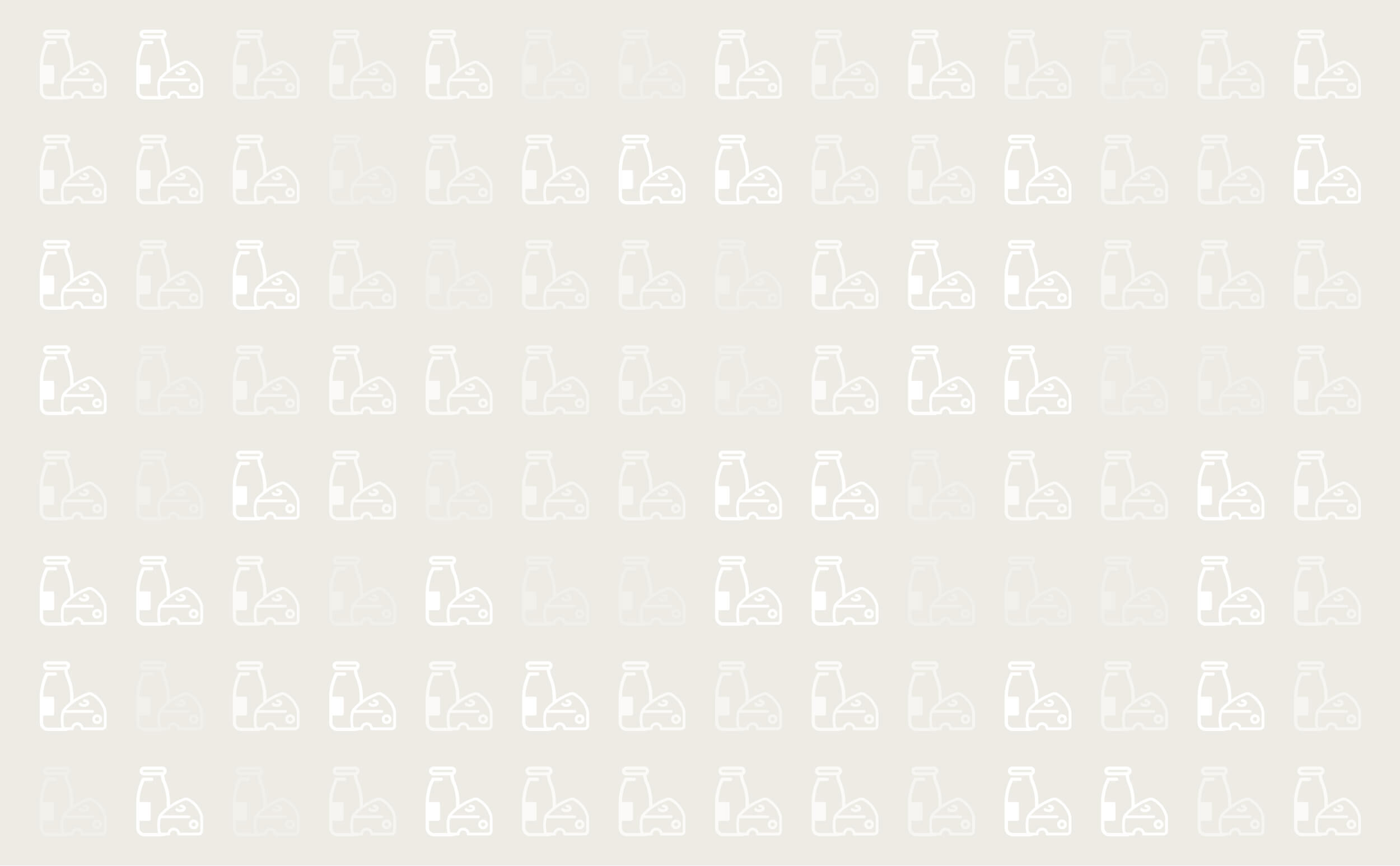



Traumatic Reticulitis
Cause
Traumatic reticulitis is primarily a disease of adult cattle. It occurs when
pieces of wire, or other sharp metal objects, which have been eaten by the
cow along with its food penetrate the reticulum wall (as a result of the
contractions during the cudding process).
Infection spreads along the
wire to the surrounding abdomen, producing an abscess and adhesions. In
some cases the wire will penetrate into the chest of the animal causing
abscess in the chest, and in severe cases infection of the outside of the
heart (pericarditis).
Compression of the ruminoreticulum by the uterus in late pregnancy, straining during parturition, and mounting during estrus increase the likelihood of an initial penetration of the reticulum and may also disrupt adhesions caused by an earlier penetration.
Symptoms
- Reduced feed intake
- Reduced milk yield
- Abdominal pain, reluctance to move
- Shallow breathing
- Moaning - sounds of pain
- Initially temperature could be increased
Treatment
Treatment of the typical case seen early in its course may be surgical or medical. Either approach improves the chances of recovery.
Surgery involves rumenotomy with manual removal of the object or objects; if an abscess is adhered to the reticulum, it should be aspirated (to confirm that it is an abscess) and then drained into the reticulum. Antibiotics should be administered perioperatively. Medical treatment involves administration of antibacterials to control the peritonitis and a magnet to prevent recurrence.
In severely affected cases, particularly those with pericarditis, animals should
be humanely slaughtered as soon as possible as treatment will
almost certainly be ineffective.
Injections of anti-inflammatories can significantly improve cow wellbeing
and help to restore the cow to normal production more
quickly.
Prevention
Preventive measures include avoiding the use of baling wire, passing feed over magnets to remove metallic objects, keeping cattle away from sites of new construction, and completely removing old buildings and fences.
Additionally, bar magnets may be administered PO, preferably after fasting for 18-24 hr. Usually, the magnet remains in the reticulum and holds any ferromagnetic objects on its surface. There is good evidence that giving magnets to all herd replacement heifers and bulls at ~1 yr of age minimises incidence of traumatic reticuloperitonitis.

